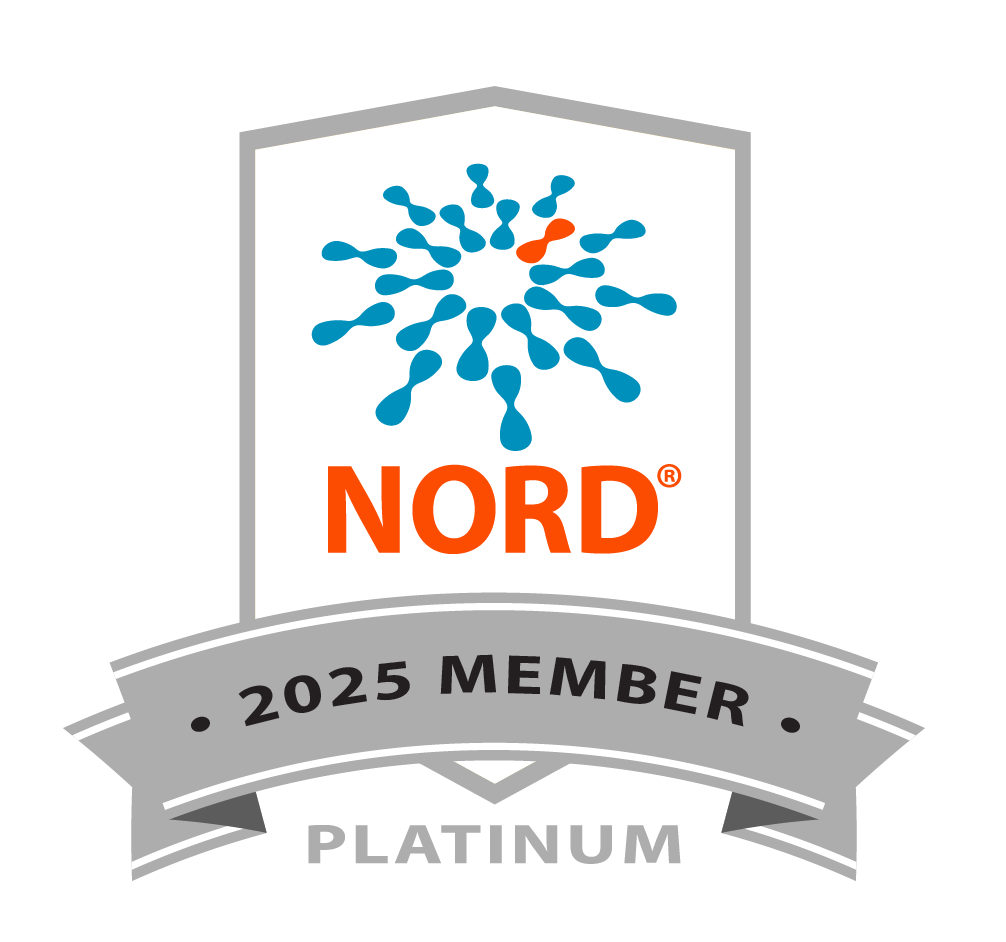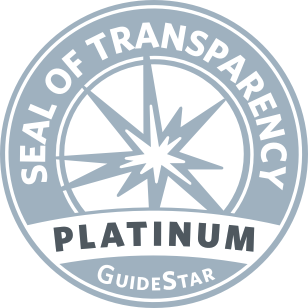Vision for the Future: Jason Menzo on Turning $1 Billion in Research, NIH Uncertainty, and the Progress in Optogenetics
Advocacy
Research News
In this in-depth interview hosted by InVivo, Jason Menzo, CEO of the Foundation Fighting Blindness, outlines the organization’s strategy for addressing significant changes and opportunities in the inherited retinal diseases (IRDs).
With almost $1 billion invested since its founding in 1971, the Foundation continues to push the boundaries of treatment for vision loss by blending traditional grant-making with venture philanthropy, particularly through its RD Fund (Retinal Degeneration Fund).
Interview Highlights:
- Strategic Funding Approach
The Foundation conducts a comprehensive landscape analysis every five years to guide its funding strategy. It anticipates deploying around $139 million for the current period, with about $50 million allocated to the RD Fund, which supports companies 12–18 months from clinical trials. The goal is to accelerate the translation of academic discoveries into viable clinical treatments.
- Trends and Innovations in Retinal Disease Research
Jason Menzo emphasizes the significant pipeline growth in IRD treatments, with 50 clinical trials underway and over 100 more in translational stages. He highlights gene therapies and optogenetics.
- Impact of Proposed NIH Budget Cuts
Mr. Menzo voices strong concern over proposed 40% cuts to NIH funding, including the potential elimination of the National Eye Institute (NEI) as a standalone entity. Although the Foundation is 98% privately funded, most projects it supports are designed to attract or complement NIH funding. The cuts could slow or stall the translation of academic research to clinical development, disrupt institutional expertise, and reduce overall focus on vision-related conditions.
- Bridging Academia and Industry
The Foundation Fighting Blindness plays a vital role in helping academic researchers prepare their discoveries for commercial development, through: Funding and technical guidance on IP protection and experimental design, translational awards with investment options for companies entering later stages of development and supporting startups directly through the RD Fund and occasionally launching companies like Opus Genetics.
- Challenges in Clinical Trials and Regulatory Pathways
A major hurdle is clinical trial design for rare eye diseases. Standard FDA endpoints, such as reading letters on an eye chart, may not reflect real-world benefits for some patients. In cases like optogenetics, the ability to detect light or motion, even without line-reading vision, can still be life-changing.




